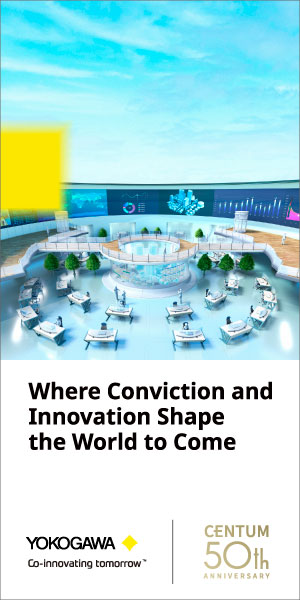At this year’s Offshore Europe exhibition, UK manufacturer Flexicon will be showcasing a range of cable protection solutions that meet safety requirements and maintain connectivity in hazardous environments
In the event, which will take place in Aberdeen, UK from 3-6 September, Flexicon will also showcase its latest stainless steel conduit ranges from FSS and FSSBRD.
Product experts will be on booth 1AA61 to discuss the range of flexible conduit systems available to help protect power and data cabling and ensure ongoing safe operation throughout a system’s life.
Flexicon’s stainless steel FSS, the annularly-corrugated system offers excellent flame-retardant performance due to its all-metallic construction, with high levels of ingress protection and superior corrosion performance. It is also halogen-free with an IP68 rating and will not burn or create smoke, the company stated.
The stainless steel conduit of the FSS has a high impact and compression strength of 1000 kg per 100 mm and a high tensile or pull off the strength of 100 kg. Other features include an operating temperature range from -100 0C to 400 0C, ideal for extreme temperatures in offshore environments and provides UV light resistance, oil resistance, anti-static properties and EMC screening.
The company’s FSSBRD system features the same composition of stainless steel as the FSS stainless steel conduit but includes a 316L stainless steel overbraid for additional protection and strength.
With inherent low fire hazard performance and IP68 ingress protection, FSSBRD offers an easily integrated solution for the harsh demands of the offshore oil and gas environment.
Both ranges can be used with the Flexicon EXD flameproof barrier gland, offering a high specification, high-quality solution for EX d, Ex e and Ex ta applications where EMC screening is required.
At the booth, visitors can also collect a copy of the company’s latest specification guide for hazardous areas. The 44-page guide makes it easy to specify a system of both conduit and gland or fit to match the nature of the hazard.









